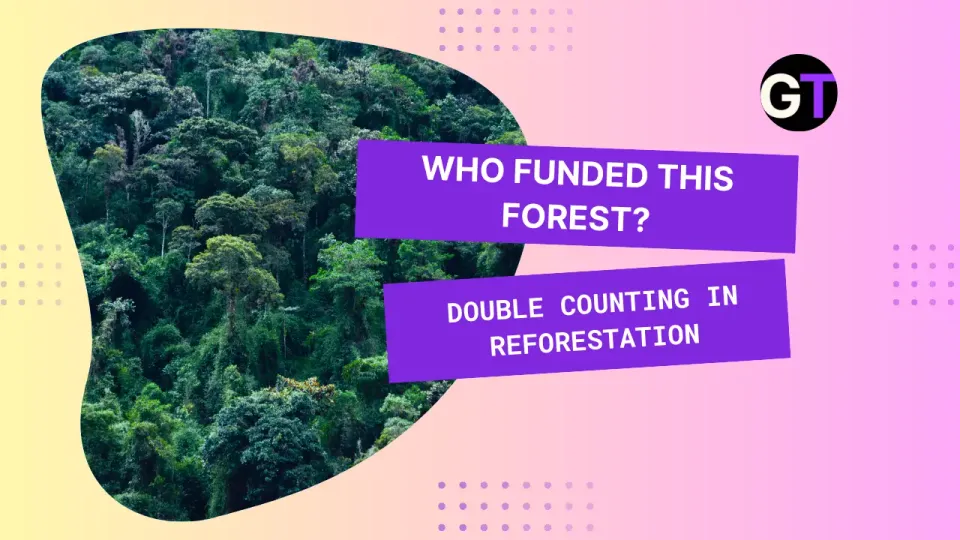‘Carbon Contracts for Difference’ Are Not a Silver Bullet for Climate Action
Experts have pointed to an obscure mechanism known as a carbon contracts for difference (CCfDs) as an opportunity to allay such concerns.

Daniel Rosenbloom, Carleton University
With the end of the supply-and-confidence agreement and plummeting support for the Liberals, Canada’s climate policy mix is becoming increasingly unstable with the future of everything from investment tax credits to carbon pricing seemingly in flux.
Given this uncertainty, some industrial emitters have stated they will refrain from making final investment decisions for major emission reducing projects until they receive certain guarantees. Their rationale is that the potential reversal of any climate policy risks the return on investment for their proposed projects.
Experts have pointed to an obscure mechanism known as a carbon contracts for difference (CCfDs) as an opportunity to allay such concerns.
Carbon contracts for difference
CCfDs are contractual agreements designed to provide price stability for projects that reduce emissions. Under CCfDs, a government entity guarantees a fixed price for the emissions reductions achieved by an industrial project based on established climate policy (for example, the existing or future carbon price).
If the market price for those reductions falls below this fixed price, the government pays the difference to the project proponents. If the market price exceeds the fixed price, the excess is paid back to the government.
This type of mechanism is used by a number of governments around the world, including the United Kingdom, and some experts have suggested that a “broad-based contracts for difference program is the key to unlocking billions of dollars of investment in industrial decarbonization.”
The elegance and deceptive simplicity of this instrument has made it a policy winner in the eyes of many.
The Canada Growth Fund has allocated up to $7 billion for the issuance of CCfDs to unlock decarbonization projects. In theory, using a CCfD agreement gives an industry partner price stability on investment while the government gets to advance its goals of large emissions reducing projects. Seemingly, a win-win.
However, growing interdisciplinary research suggests that CCfDs may not always be the obvious win many assume they are.
Feedback
There is a long-held understanding in political science that policies produce important feedback patterns that can either reinforce or erode their durability. For example, the social security program in the United States has created a significant voting bloc of beneficiaries that makes it difficult for policymakers to propose cuts to the program.
Bridging these insights with transition perspectives, my research indicates that harnessing these positive feedbacks can play an important role in building durable climate action.
In Germany, scholars have found that incentives for new renewable energy (such as in the form of tariffs) helped build coalitions around alternative energy innovations. These coalitions in turn placed pressure upon leaders to ensure continued policy support. Similarly, scholars have shown that industrial policies that support alternative energy innovations and their networks can create positive feedbacks for the climate policy mix.
Translating these insights to the broad-based use of CCfDs reveals that this instrument risks undermining positive feedbacks or encouraging industrial decarbonization projects with limited ability to contribute to a long-term transition to net-zero.
Not a perfect solution
There are three main issues with a CCfD-based approach.
First, as CCfDs protect the recipient’s bottom line, they are not necessarily incentivized to support existing climate policy. Some experts suggest that a way around this issue is to set the guaranteed price for carbon below the genuine carbon pricing policy. However, it is unclear how low such a discounted price would need to be to maintain positive feedbacks, or if the proposed difference would be sufficient to motivate final investment decisions.
Second, providing CCfDs for certain emissions reduction projects (such as carbon capture and storage) may inadvertently support industries that have an interest in reversing the direction of climate policy. This focus on opportunities that extend current systems or deliver least-cost emissions reductions reflects a common tendency in policymaking to misunderstand the climate crisis as simply a market failure, and not an issue requiring whole systems change.
Third, the time required to issue CCfDs on a case-by-case basis may actually encourage industrial actors to hold off on making final investment decisions until they receive a guarantee, delaying action further.
What this shows is that while CCfDs may have a targeted role to play in advancing critical emission reduction projects (such as those that unlock systems change in key sectors), policymakers should be wary of relying too heavily on this instrument.
A more strategic approach is needed that involves charting pathways between where sectors are now and long-term desirable net-zero outcomes — an approach that is being actively advanced by Canada’s Transition Accelerator. A strategic approach would focus support on industries willing to hitch their carts to the future of the climate policy mix and defend climate action no matter who is in office.
Daniel Rosenbloom, Assistant Professor and Rosamond Ivey Research Chair in Sustainability Transitions, Carleton University
This article is republished from The Conversation under a Creative Commons license. Read the original article.




